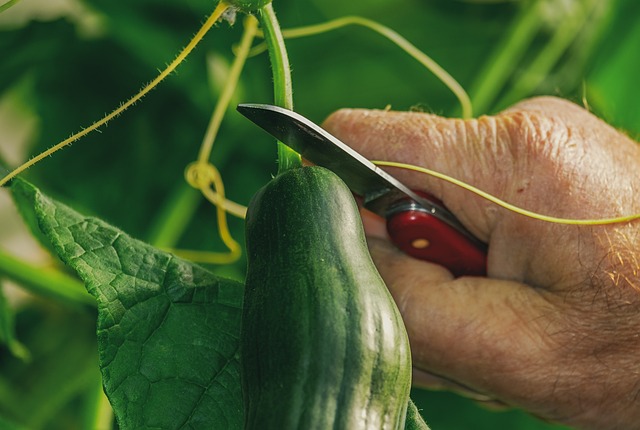Choose a Location.
The ideal location for a square foot garden is in full sun (6-8 hours of direct sunlight per day). The soil should be well-drained and loamy. If your soil is not ideal, you can amend it with compost or other organic matter.
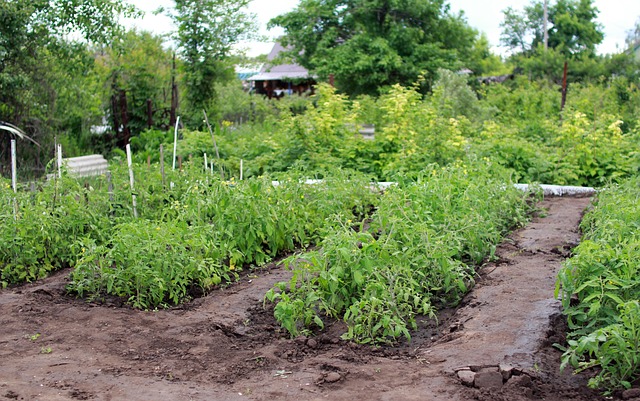
Determine the size of your garden.
Square foot gardens can be any size, but they are typically 4x4 feet or 6x6 feet. The size of your garden will depend on how much space you have available and how much produce you want to grow. A 4x4-foot bed is a good starting size, but you can also make your garden larger or smaller.It helps to use a garden planner to aid in the design of your garden.
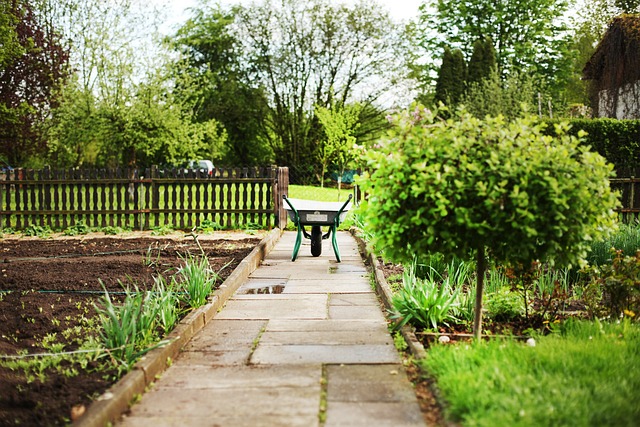
If able to, build your raised beds.
Raised beds are not required for square foot gardening, but they can be helpful. Raised beds make it easier to weed and water your garden, and they can also help to improve the drainage of your soil. You can use wood, bricks, or even concrete blocks to create your beds. The height of your beds is up to you, but a height of 6-8 inches is a good starting point.
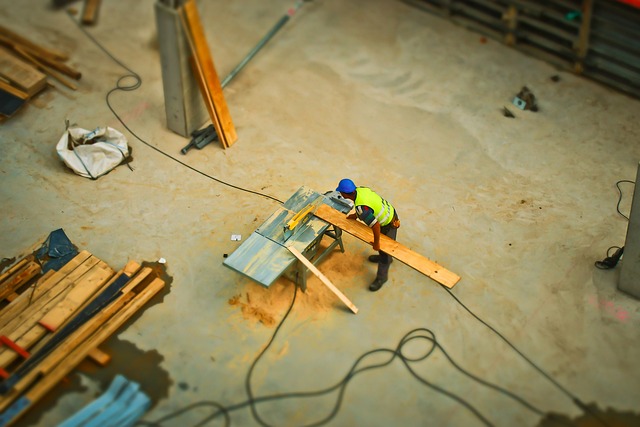
Prepare the soil.
Once you have chosen a location and built your raised beds, you need to prepare the soil. Remove any weeds or debris from the bed and then add a layer of compost or other organic matter. The soil in your raised beds should be loose and crumbly. If the soil is compacted, you can loosen it by digging it up or by adding compost or other organic matter.
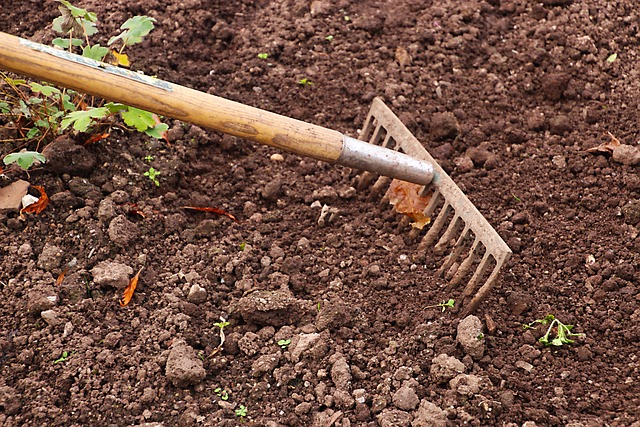
Plan your layout.
Once your soil is prepared, you can start planning the layout of your garden. Use a grid to divide your beds into 1-foot squares. You can use string, wire, or garden stakes to create the grid. This will help you to determine how many plants you can fit into each square.
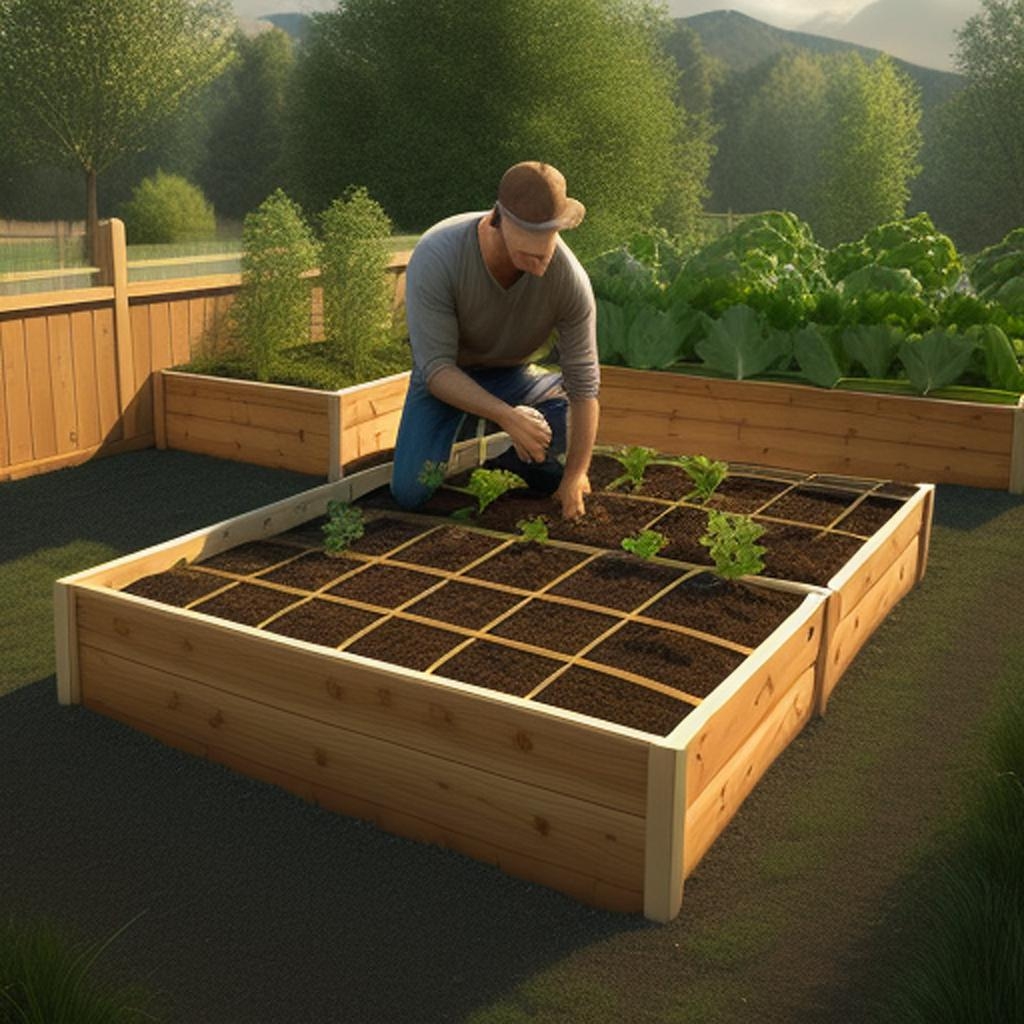
Choose your vegetables!
There are many different vegetables that you can grow in a square foot garden. Some popular choices include tomatoes, peppers, cucumbers, lettuce, carrots, and beans. When choosing your vegetables, consider the amount of sunlight your garden gets, the climate you live in, and what you and your family enjoy the most. Another consideration when you are choosing your vegetables should be companion planting, or the act of growing different types of plants next to each other to enhance each others growth or protect from garden pests. An example of this would be to plant peas next to zucchini in the same bed. The peas' roots secrete nitrogen into the soil, which the zucchini plants hungrily intake for a bigger harvest.
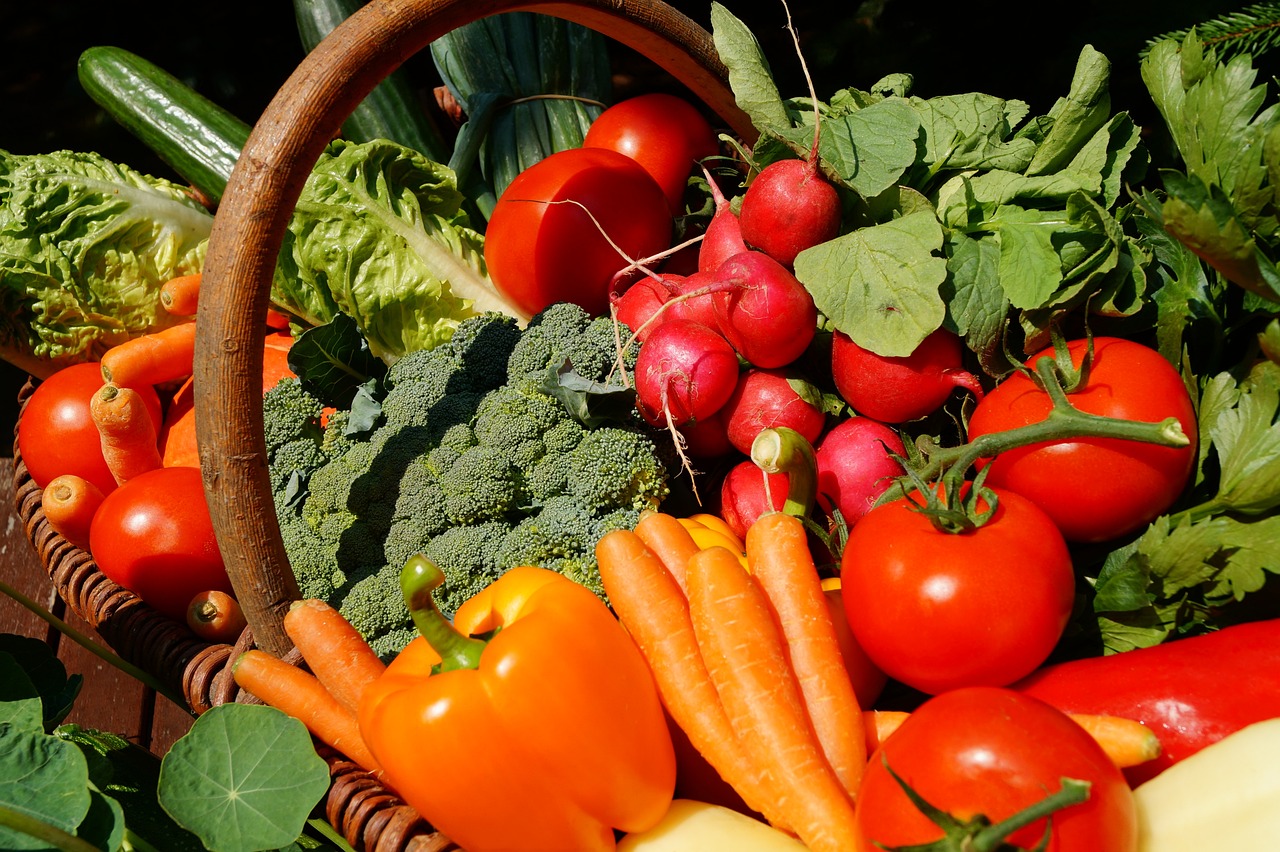
Time to Plant!
Plant a variety of vegetables to extend your harvest season. When planting your crops, follow the spacing recommendations for each crop. You can find these recommendations in gardening books or online resources. For example, if you are planting tomatoes, you should plant them 1 foot apart. Always remember to label your plants so that you know what is growing and where. If you used a garden planner to design the garden, this can be used as well to keep track of your garden.
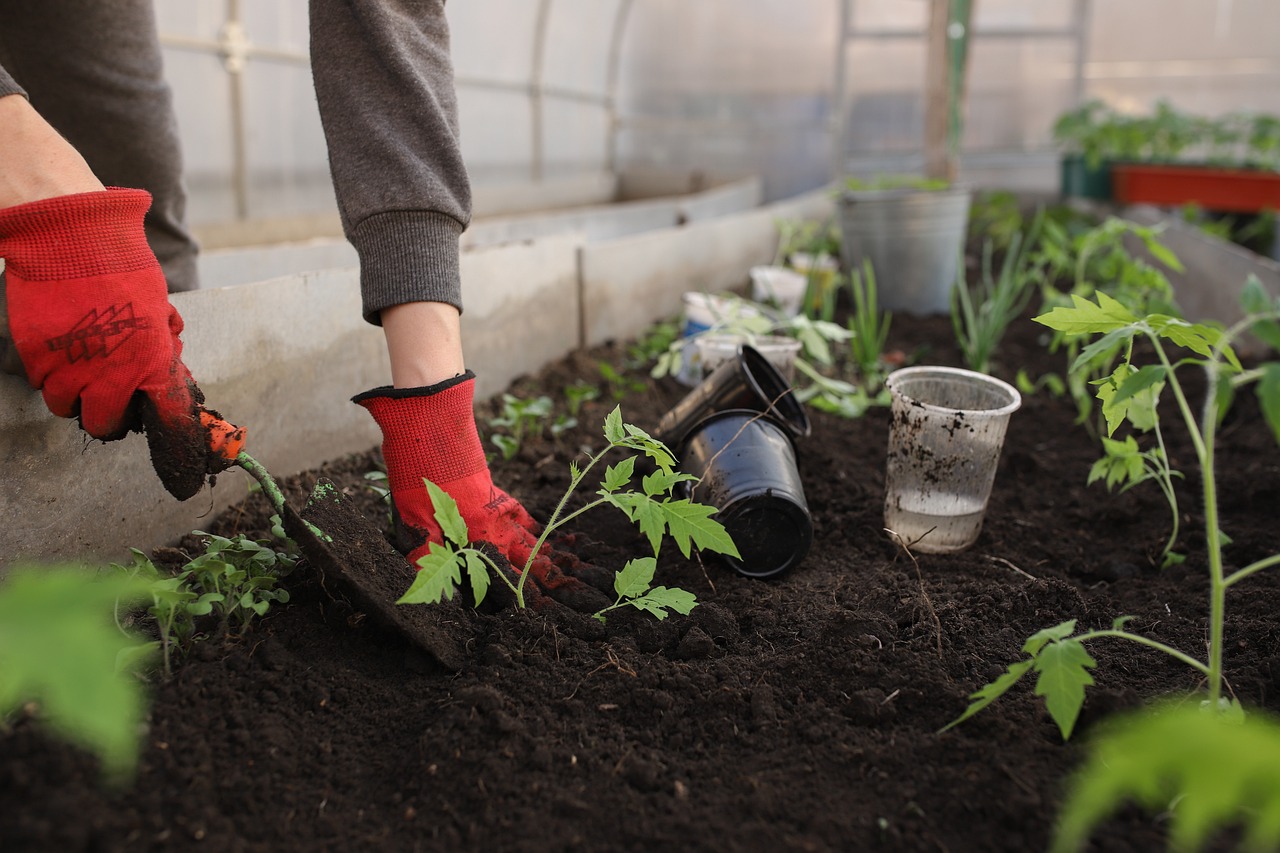
Water and fertilize your garden.
Your square foot garden will need regular watering and fertilizing. Water your garden deeply once a week, and fertilize it every 4-6 weeks with a balanced fertilizer. This will help to prevent your soil from becoming compacted. Mulch your garden to help retain moisture and suppress weeds.
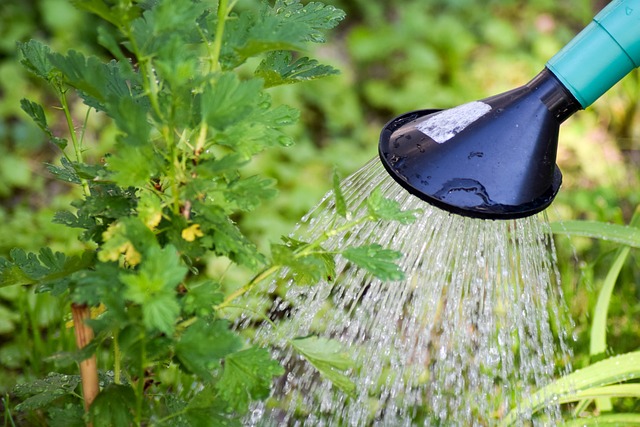
Protect your garden from pests and diseases.
Square foot gardens are relatively pest- and disease-resistant, but it is still a good idea to take some precautions. You can protect your garden by planting resistant varieties of vegetables, use row covers to protect your plants from pests, rotating your vegetables, and you can apply compost tea or other organic fertilizers, such as neem oil, to help prevent diseases.
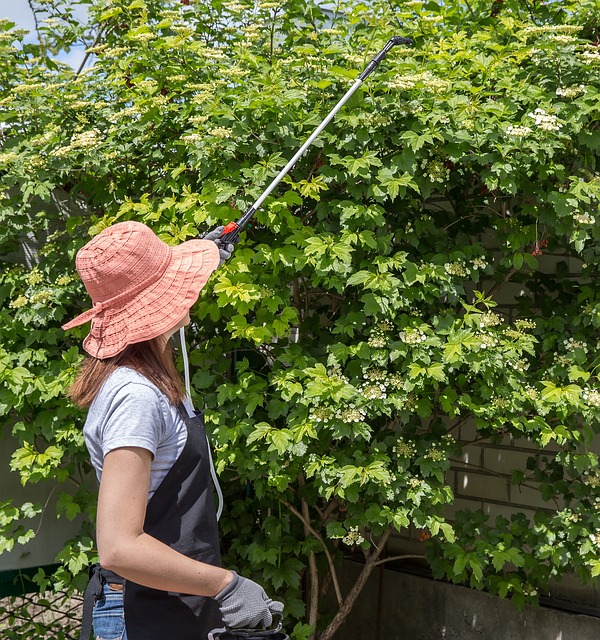
Time to Harvest!
With a little planning and care, you'll be enjoying fresh, homegrown produce from your square foot garden in no time!
